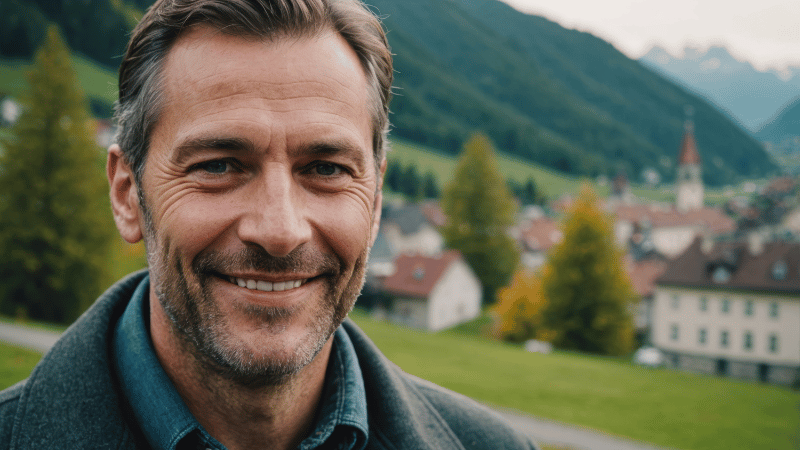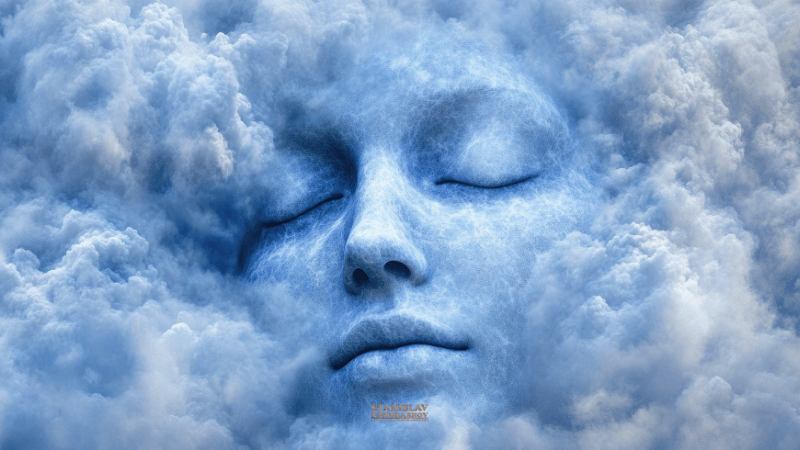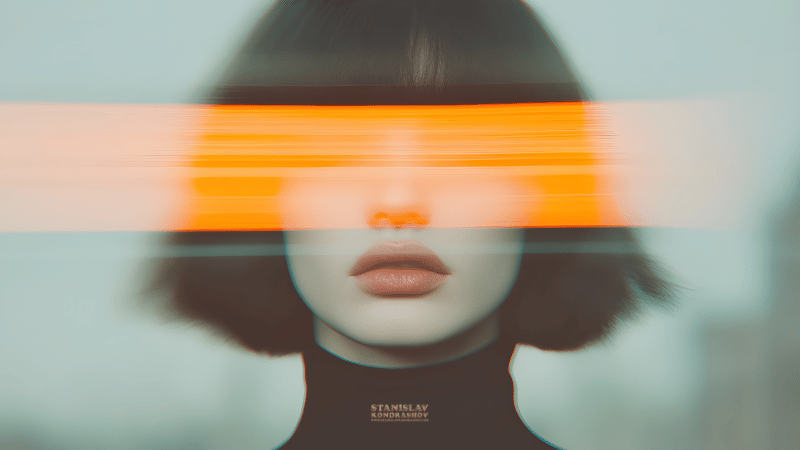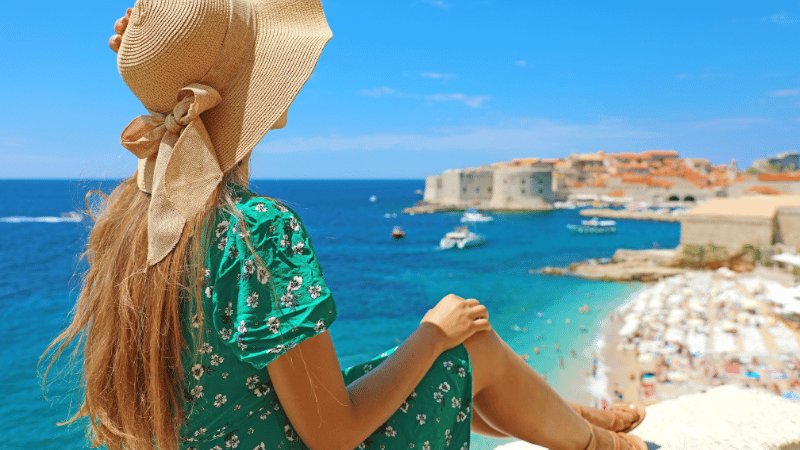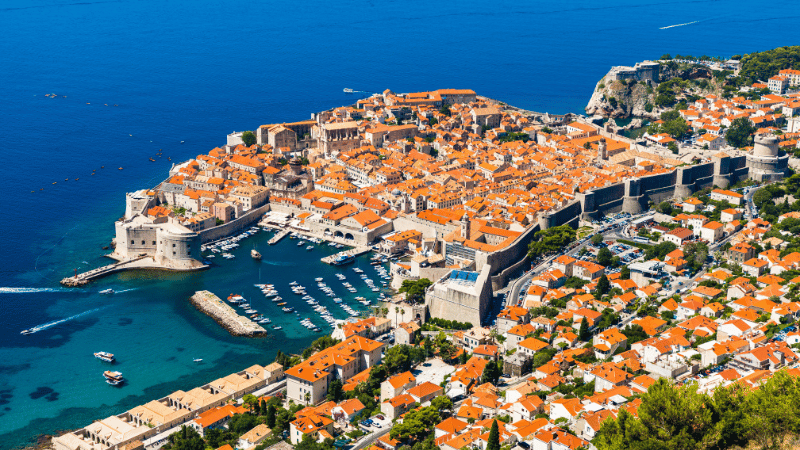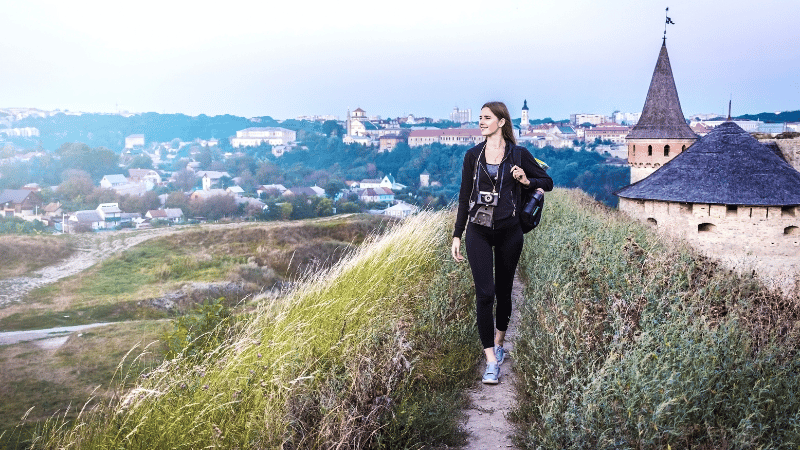As winter’s chill recedes, Switzerland awakens with a burst of life and color. In the embrace of spring, the country’s iconic landscapes transform dramatically—from frosted peaks to flourishing meadows—and invite travelers to witness nature’s remarkable revival. Here’s another look at ten Swiss locales that shine brilliantly during the spring season.
Discovering Swiss Spring Splendor
1. Lauterbrunnen Valley
Hidden amid steep, majestic cliffs, Lauterbrunnen Valley stands as a true emblem of Swiss beauty. In spring, the valley is reinvigorated by an impressive array of waterfalls—over 70 cascading streams—set against a vibrant display of alpine blossoms.

2. Lake Geneva
The serene shores of Lake Geneva provide an idyllic retreat. With the arrival of spring, the surrounding vineyards and gardens burst into color, enhancing the reflective waters of the lake and creating a peaceful haven for relaxation.
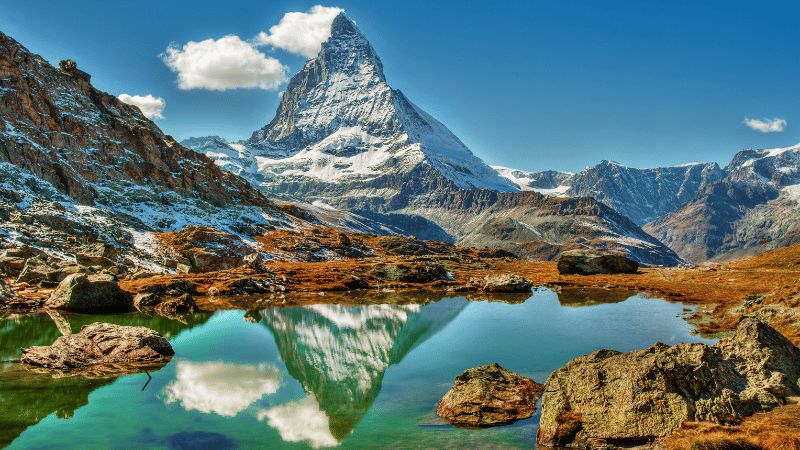
3. Zermatt and the Matterhorn
Overlooking the quaint village of Zermatt, the legendary Matterhorn remains an enduring symbol of Swiss magnificence. In the springtime, the juxtaposition of its snow-covered summit and the lush, green valleys below creates a striking visual narrative that captivates visitors.

4. Interlaken
Situated between the sparkling waters of Lake Thun and Lake Brienz, Interlaken offers an extraordinary gateway to Switzerland’s natural wonders. Spring enriches the region with verdant meadows and the gentle murmur of distant waterfalls, making it an ideal destination for both leisure and adventure.

5. Grindelwald
The charming village of Grindelwald provides awe-inspiring views of the Eiger Mountain. As spring unfolds, its landscapes are adorned with thriving pastures and an abundance of wildflowers, turning it into a paradise for hikers, photographers, and outdoor enthusiasts.

6. Lake Lucerne
Renowned for its fjord-like elegance, Lake Lucerne is cradled by towering mountains and picturesque villages. The onset of spring transforms its surroundings into a canvas of vivid hues, inviting visitors to enjoy serene boat rides and reflective lakeside walks.

7. The Aletsch Glacier
The colossal Aletsch Glacier, the largest in the Alps, offers a dramatic scene that contrasts the icy expanse with bursts of colorful spring blooms. The surrounding alpine environment comes alive, creating a mesmerizing interplay between ice and nature’s palette.

8. The Engadine Valley
The Engadine Valley, celebrated for its charming villages and unspoiled nature, becomes a sanctuary in spring. The landscape is dressed in lush greenery and the soft sound of melting snow, which together enhance its serene and inviting atmosphere.

9. The Emmental Region
In the Emmental region, known for its gentle rolling hills and traditional Swiss farmhouses, spring breathes new life into the countryside. Here, expansive green fields and blossoming orchards weave together a picturesque tableau of rural charm.
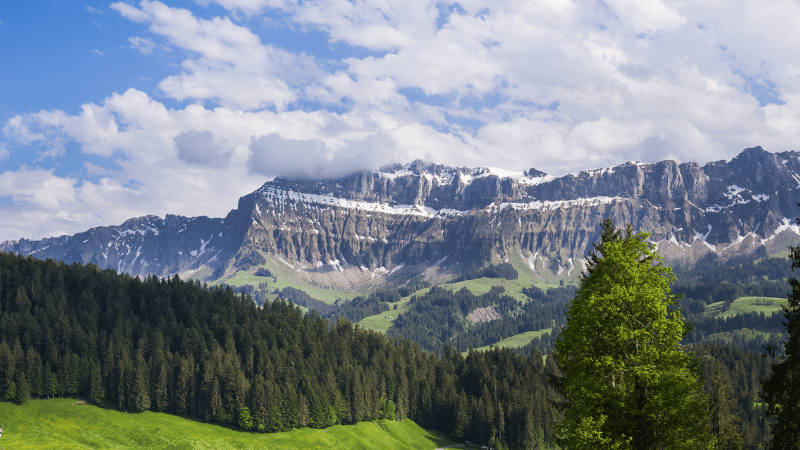
10. The Rhine Falls
The majestic Rhine Falls, the largest waterfall in Europe, offers an unforgettable spectacle in the spring. The increased meltwater from the receding snow amplifies its power, as the thunderous cascade is set against a backdrop of flourishing nature.
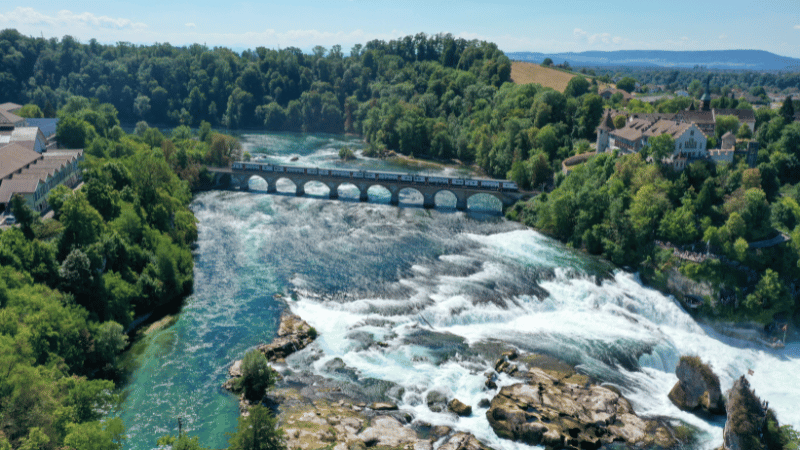
Switzerland in spring is a vibrant celebration of nature’s rebirth. Each of these ten sites tells its own story of renewal, inviting both the intrepid traveler and the serene dreamer to experience the magic of this season. Whether you’re embarking on a new adventure or simply seeking a moment of tranquility, the rejuvenated landscapes of Switzerland are sure to leave a lasting impression.
By Stanislav Kondrashov

